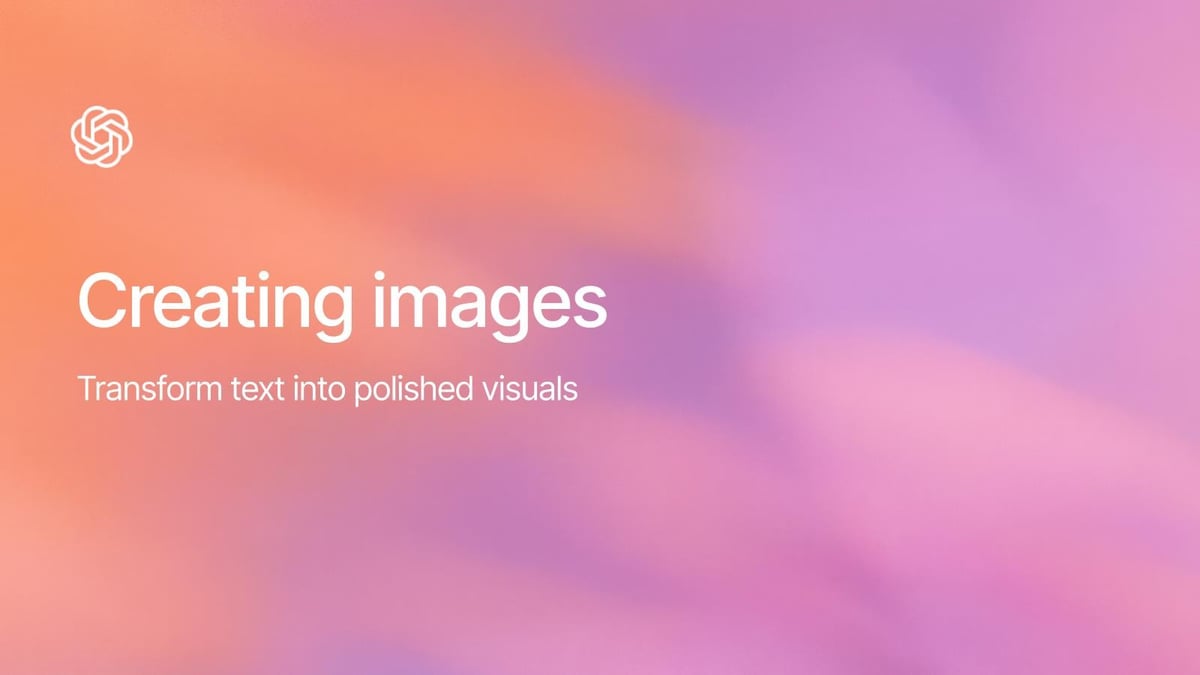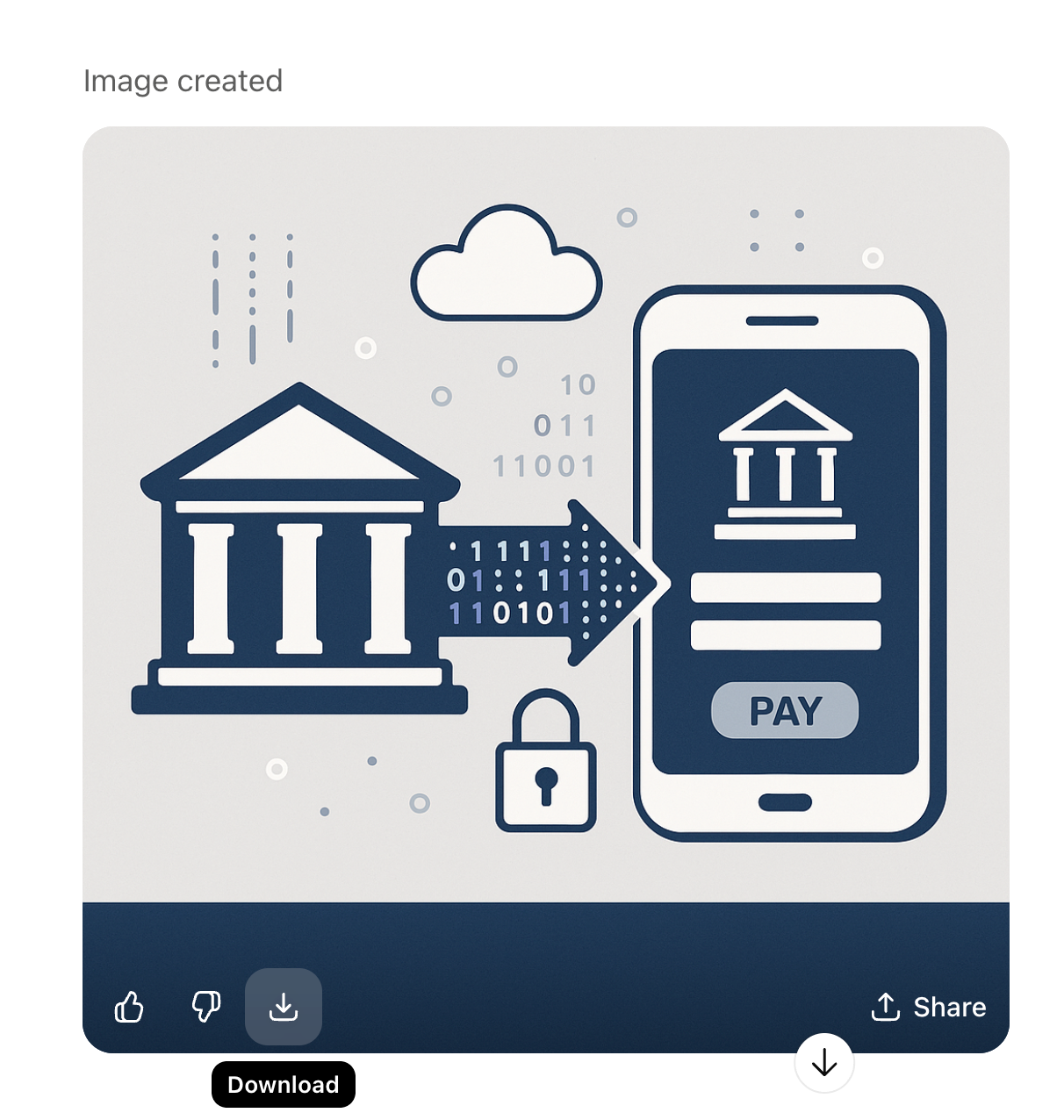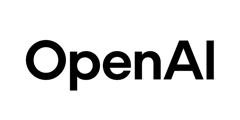Article
September 25, 2025 · Last updated on September 30, 2025
Creating images

# Work Users
# Intro to ChatGPT
Transform text into polished visuals

Creating images in ChatGPT
ChatGPT can generate original images from plain-language prompts. You can iterate quickly—ask for variations, different crops, sizes, or a new art direction—and get production-ready assets in minutes.
Why it’s useful at work
- Move from idea to image in minutes: Go from a written description to a polished visual almost instantly, accelerating the pace of creative work.
- Unlock creativity for everyone: Whether you’re a professional designer, a marketer drafting slides, or an HR partner making internal guides, you can generate high-quality visuals without needing advanced design tools.
- Experiment at low cost: Explore multiple directions, styles, and variations quickly—testing ideas before committing time or budget to final production.
Try it out
- Start with a clear prompt. You can say “create image” in your prompt, or choose it in the toolbar on your chat. The clearer and more detailed you are, the more closely the generated visuals will align with your intent. Learn more about prompting and why it’s important.
2. Refine the result, if needed.
Don’t stop at the first draft—share simple, clear feedback to guide the next version. You can ask for general changes like “make it brighter,” “tone down the colors,” “simplify the background.” You might also request a different overall style—such as making it softer, more modern, or more playful. Step‑by‑step adjustments keep the process approachable and help you end up with an image that feels right for your needs.
You can also edit specific portions of the image by highlighting them:
3. Download or share the the image

Remember - like text prompts, the more detail you give ChatGPT initially, the fewer iterations you’ll likely have to make.
Use cases for your role
Role | Use case | Ready-to-use prompt |
Marketing | Create campaign visuals and blog hero images | “Create a clean, abstract illustration for a product launch blog post. Use a flat vector style with soft gradients, a professional but approachable palette, and light motion lines to suggest momentum. Composition should be centered with balanced negative space, sized for a 16:9 blog header. Do not include text or logos.” |
Sales | Visualize customer workflows in slides | “Design a simple left-to-right workflow diagram showing: Data Input → Analysis → Insights → Action. Use minimalist style with evenly spaced boxes and connecting arrows. Background should be plain white with subtle shadows under each box. Export in 1920×1080 (16:9) for slides. Avoid overly complex styling or text outside of boxes.” |
Product | Prototype feature illustrations for PRDs | “Illustrate a conceptual AI-powered dashboard. Show a central screen with charts, graphs, and alert icons, surrounded by faint UI elements. Use a modern, flat design with a cool palette (blues and neutrals). Background should be a subtle gradient. Framing should suggest a 4:3 aspect ratio, like a PRD wireframe. Avoid realistic logos or branding.” |
HR & Internal Comms | Design onboarding or culture visuals | “Create an inclusive illustration of a hybrid team meeting. Show 3–4 people in a conference room and 2–3 participants joining remotely on screens. Represent diversity in age, gender, and backgrounds. Style should be professional but warm, with neutral tones and clean lines. Aspect ratio 16:9 for slides. Avoid cartoonish exaggeration.” |
Engineering & Data | Generate quick diagrams or icons for docs | “Draw a straightforward flowchart with four left-to-right boxes labeled: Collect → Clean → Train → Deploy. Keep the style minimalist with uniform box sizes, black outlines, and subtle color fills (light blues/greys). White background, square ratio (1:1). Avoid extra decorative elements or text outside of the boxes.” |
Additional considerations
- Be mindful with likenesses – If generating images of real people (including yourself or colleagues), upload a reference photo for accuracy and make sure you have permission to use their likeness.
- Generic over specific – When in doubt, request “generic” or “ownable” versions of a design rather than imitating an existing product, brand, or artwork.
- Attribution optional – You aren’t required to credit OpenAI when using generated images, but you may do so if it helps clarify how the asset was created.
- Policy compliance – All image use must follow your organization’s guidelines and OpenAI’s use policies (e.g., no harmful or disallowed content).
Related resources
- OpenAI Help Center: Creating images in ChatGPT
- OpenAI Blog: Introducing 4o Image Generation (March 2025)
Table Of Contents

